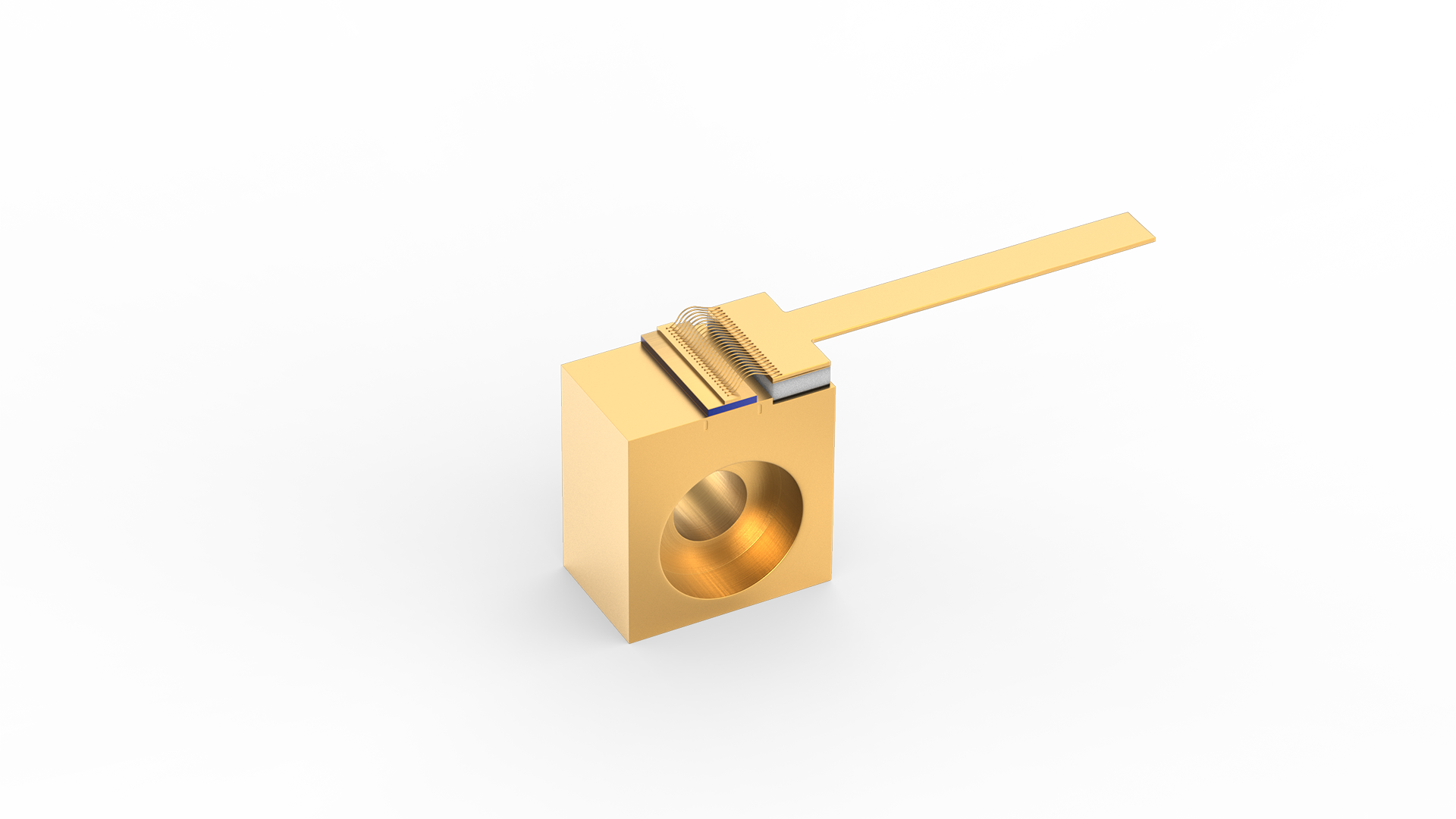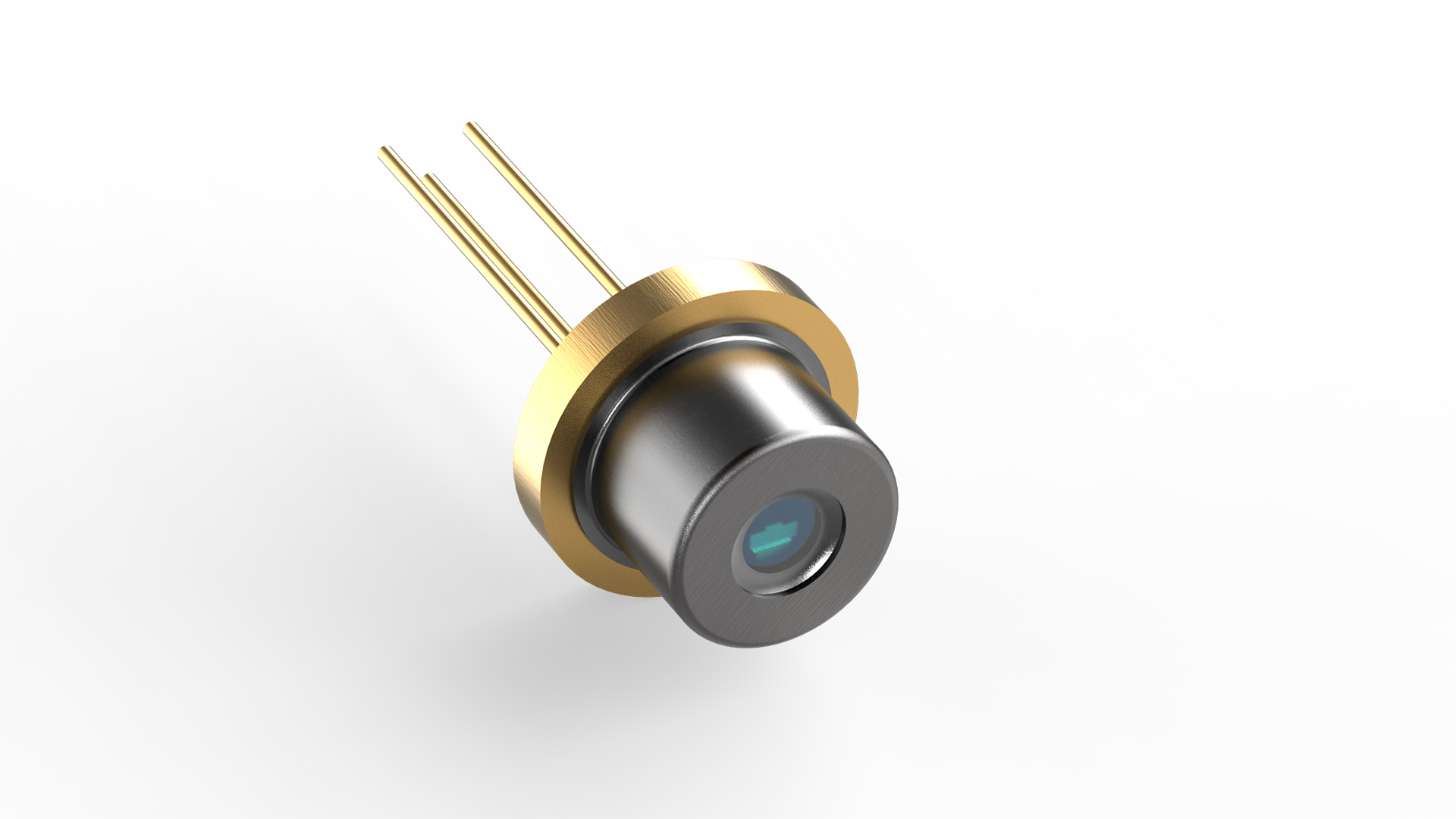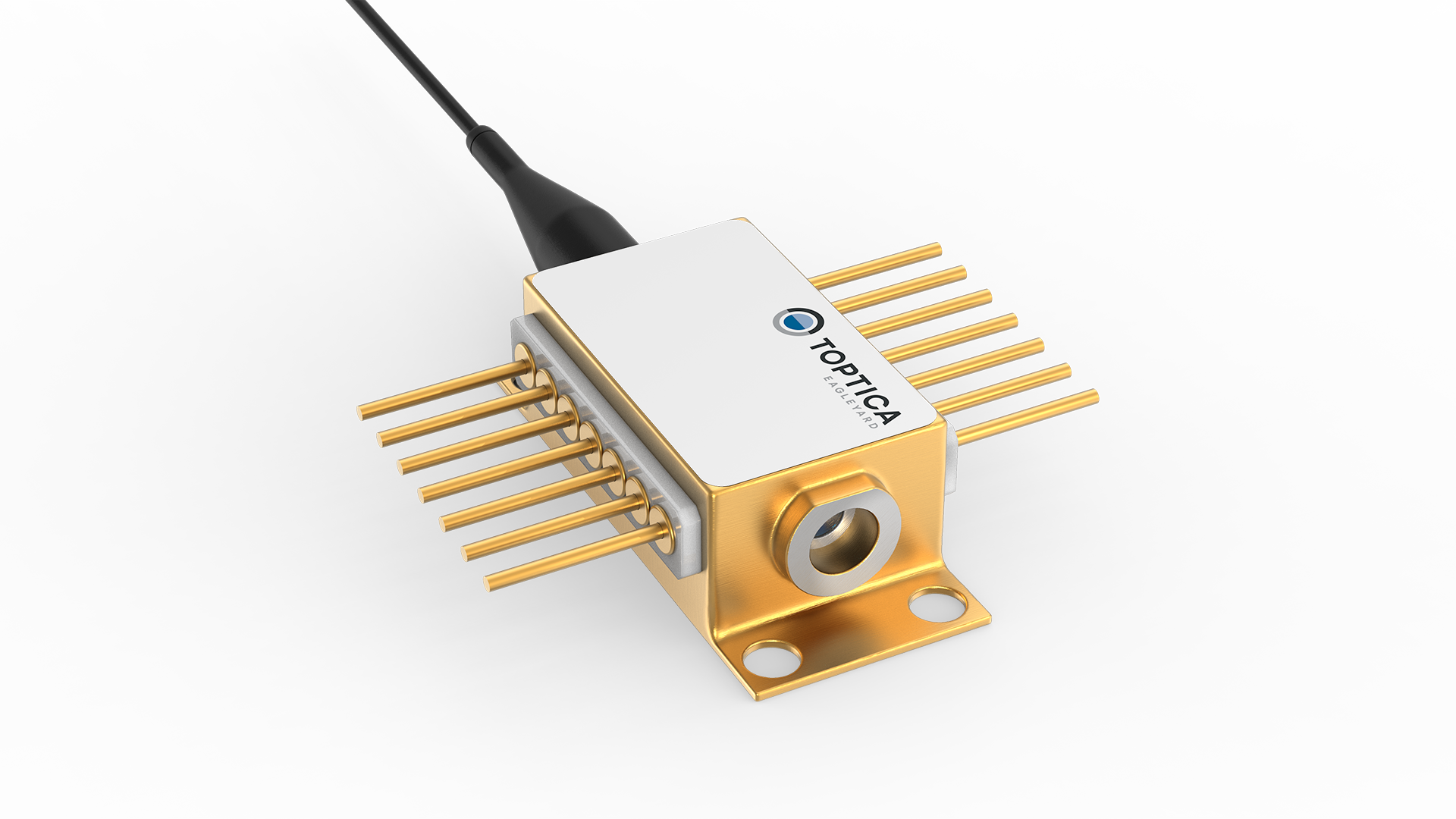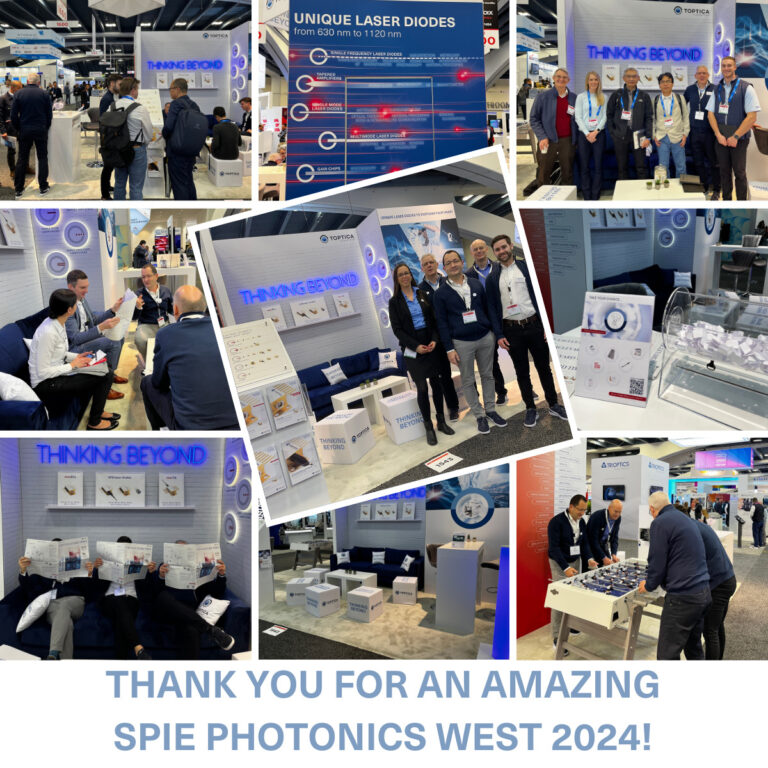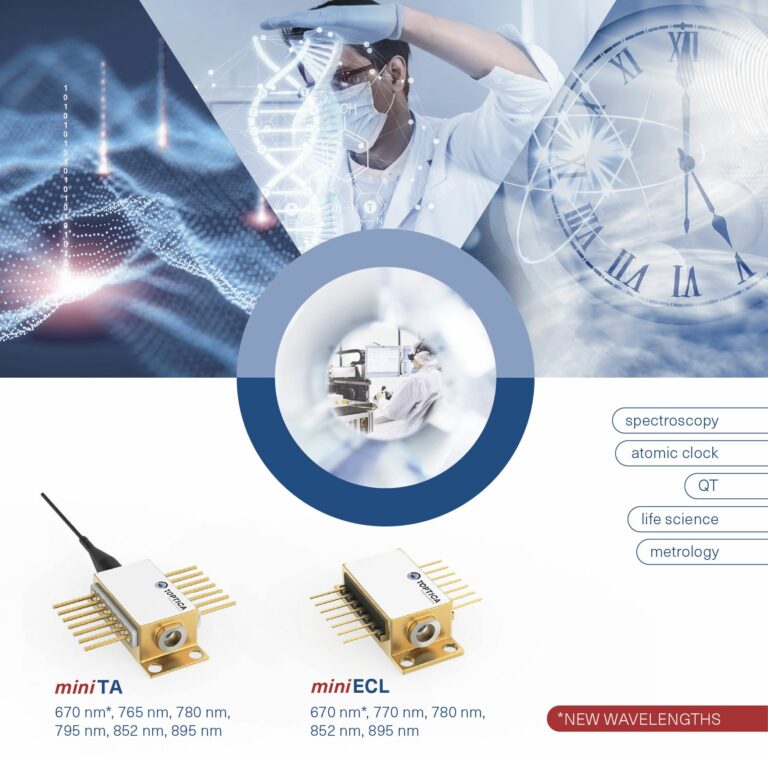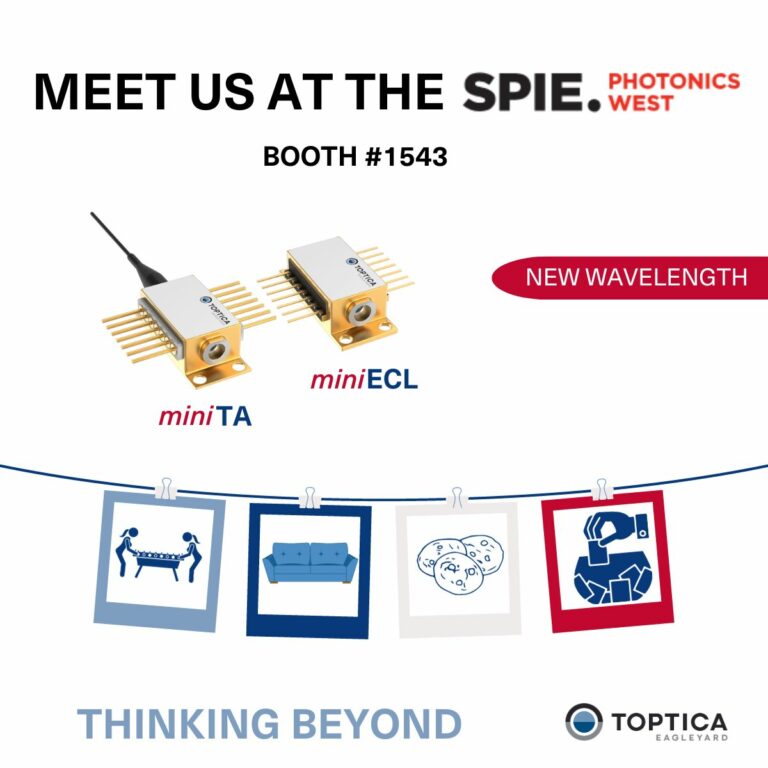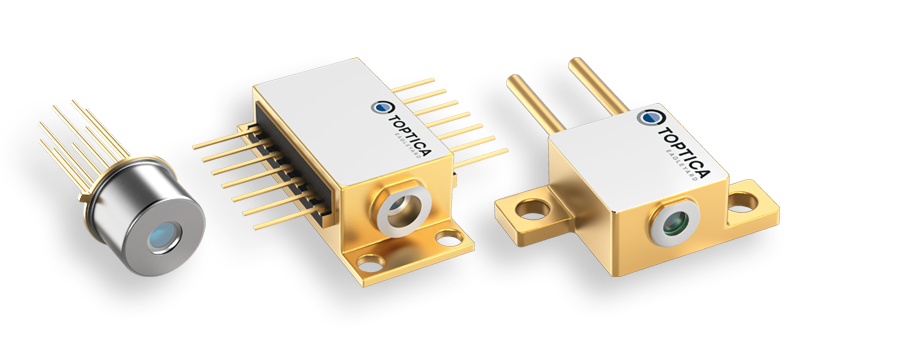
TOPTICA EAGLEYARD is a global leading provider of high power laser diodes with wavelengths from 630 nm – 1120 nm based on GaAs (Gallium Arsenide). Our products combine maximum power, highest durability and excellent beam quality – a perfect match for high-end applications.
PRODUCT HIGHLIGHTS
New wavelength available!
Our highly integrated miniTA and miniECL are now also available at 670 nm! Check out all wavelengths: 670 nm, 765 nm, 770 nm, 780 nm, 852 nm, 895 nm and all technical details here:
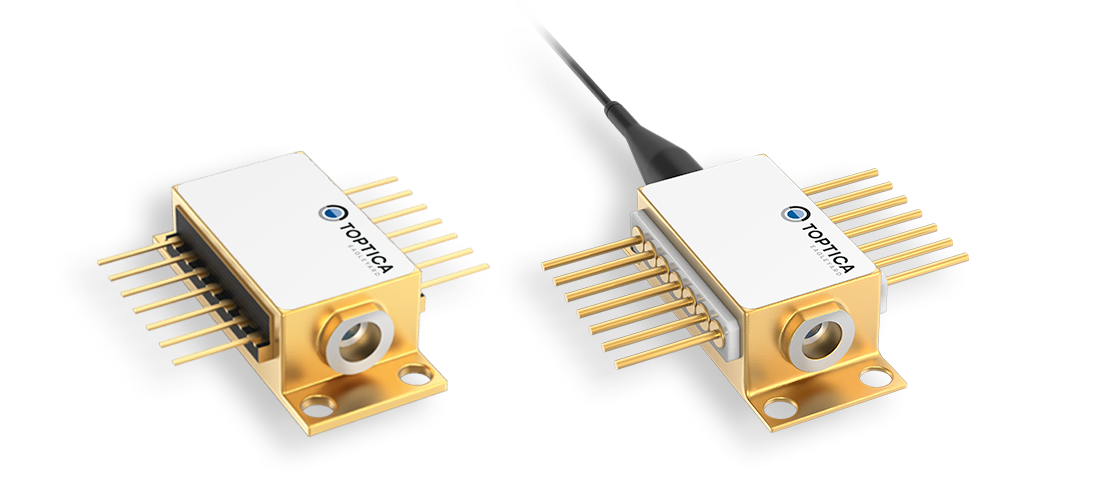
Product Finder
Operational Mode
Results sorted by Wavelength:
Do You Prefer Searching the Whole Portfolio?
Product Families
Our unique products are clustered into five different product families sorted by chip designs, differentiated
by power and beam quality and are used in various applications.
Applications
CONTACT US
We can’t wait to hear your specific requirements or questions. Please contact us any time. We’re here to empower your vision!
info@toptica-eagleyard.com
